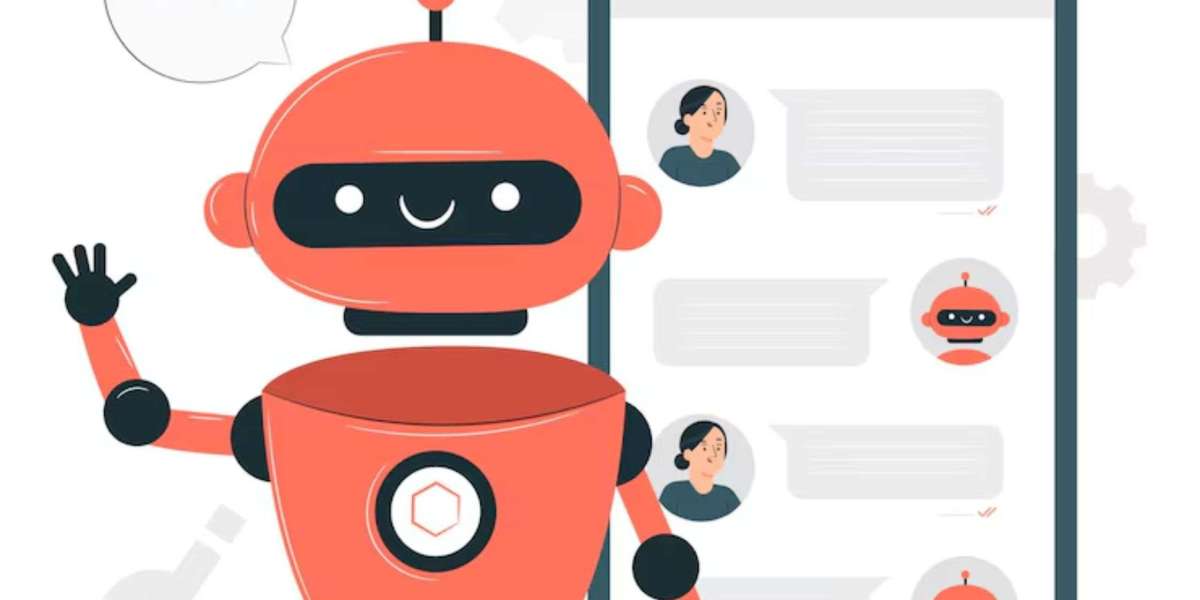In today's digital age, technology has revolutionized the way we learn. One exciting innovation that has gained popularity is chatbots. Chatbots are computer programs designed to simulate conversation with human users, and they can be incredibly useful in educational settings. Whether you're a teacher looking to enhance your classroom experience or a student seeking extra support, building your own chatbot can be a rewarding project.
In this step-by-step guide, we'll walk you through the process of creating an effective chatbot for education.
Step 1: Define Your Purpose
Before you start building your chatbot, it's essential to define its purpose. Ask yourself: What problem am I trying to solve? Are you creating a chatbot to help students with homework, provide information about courses, or facilitate discussions? Clarifying your objectives will guide the development process and ensure that your chatbot meets the needs of its users.
Step 2: Choose a Platform
Next, you'll need to choose a platform for building your chatbot. There are several options available, ranging from simple drag-and-drop interfaces to more advanced programming tools. If you're new to chatbot development, platforms like ChatGPT, Dialogflow, or Botpress offer user-friendly interfaces that require minimal coding knowledge. If you're comfortable with coding, you can opt for frameworks like Microsoft Bot Framework or Rasa, which provide greater flexibility and customization options.
Step 3: Design Conversational Flows
Once you've selected a platform, it's time to design the conversational flows for your chatbot. Think about the different scenarios in which users might interact with your chatbot and map out the conversation paths accordingly. Start by creating a welcome message and then branch out into different topics or tasks that your chatbot can assist with. Keep the language simple and conversational, and make sure to include options for users to ask questions or request assistance at any point during the conversation.
Step 4: Integrate Knowledge Sources
To make your chatbot truly helpful, you'll need to integrate it with relevant knowledge sources. This could include textbooks, online resources, or even your own educational materials. Depending on the platform you're using, you may be able to connect your chatbot to external APIs or databases to access information in real-time. Alternatively, you can manually input information into your chatbot's knowledge base and update it regularly to ensure accuracy.
Step 5: Test and Iterate
Once you've built your chatbot, it's essential to test it thoroughly to identify any bugs or usability issues. Have friends, colleagues, or potential users interact with the chatbot and gather feedback on their experience. Use this feedback to make improvements and iterate on your design. Continuously testing and refining your chatbot will help ensure that it delivers a seamless and effective user experience.
Step 6: Deploy and Monitor
After you've ironed out any kinks in your chatbot, it's time to deploy it for use. Depending on your chosen platform, you may be able to integrate your chatbot into your website, learning management system, or messaging app. Once deployed, monitor your chatbot's performance closely, keeping an eye on metrics like user engagement, satisfaction, and task completion rates. Use this data to make further adjustments and enhancements as needed.
Conclusion
Building an effective chatbot for education can significantly enhance the learning experience for students and educators alike. By following the step-by-step guide outlined above, you can create a chatbot that addresses specific educational needs, provides valuable support, and fosters engagement in the learning process. As technology continues to evolve, the role of chatbots in education is likely to expand, offering new opportunities for personalized learning and support.
If you're looking to develop a chatbot for education but feel overwhelmed by the process, consider partnering with an education software development company. These companies specialize in creating customized solutions for educational institutions and can help you bring your chatbot idea to life efficiently and effectively. With their expertise in software development and understanding of educational needs, they can guide you through every step of the development process, from initial concept to deployment and beyond.








